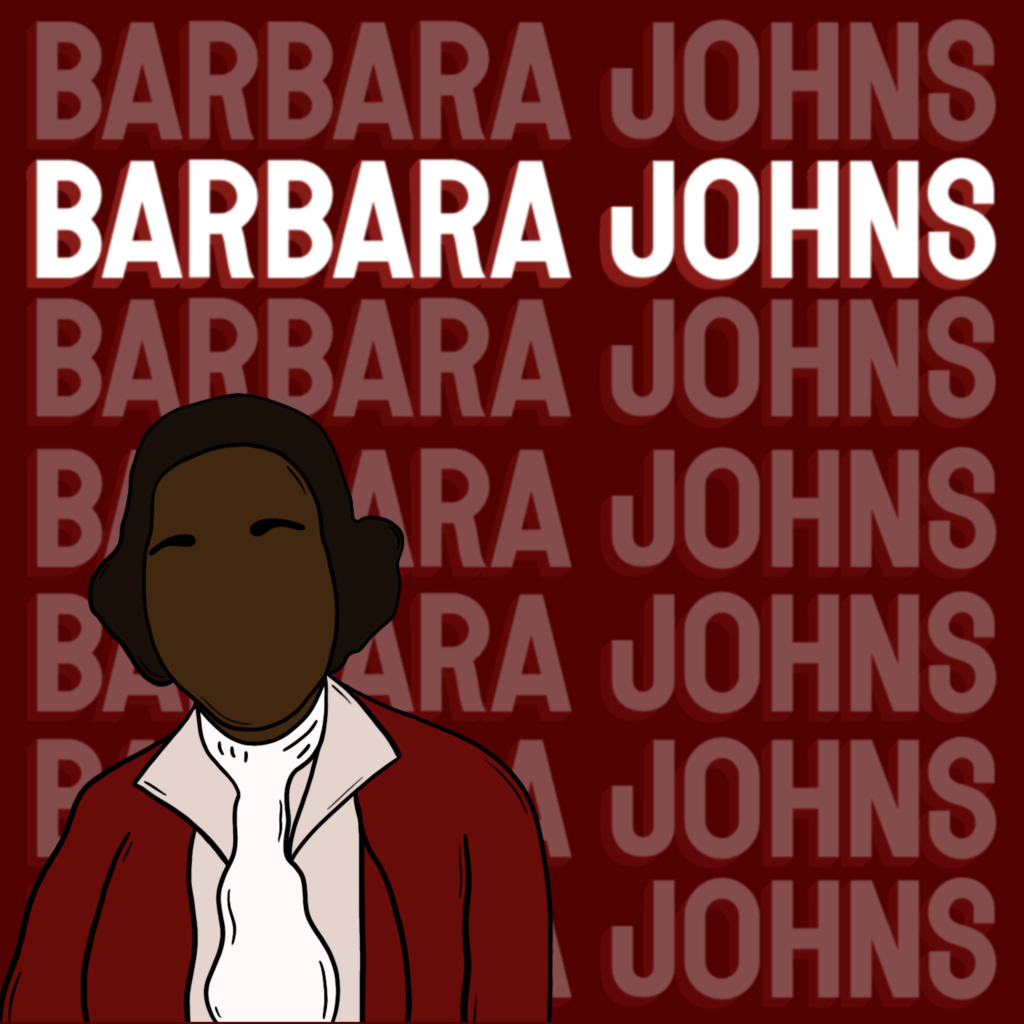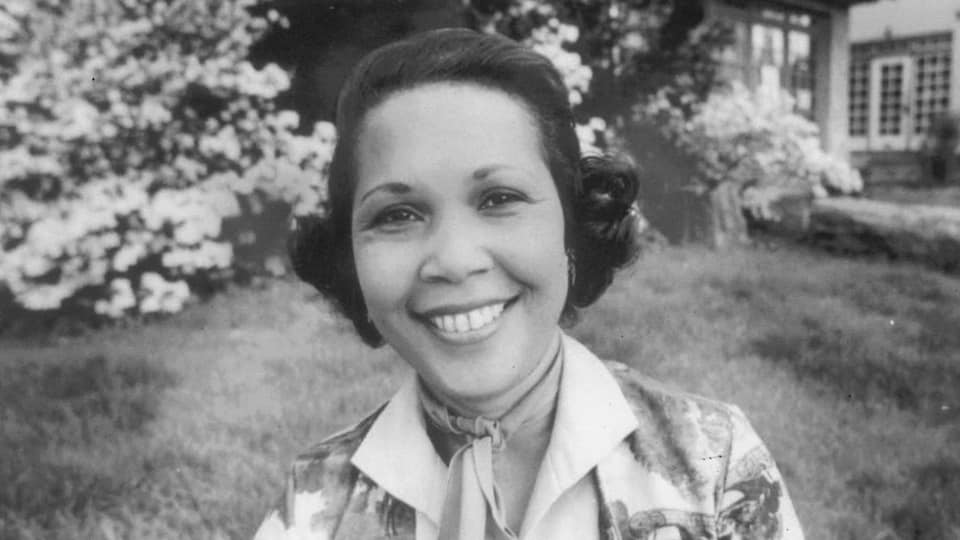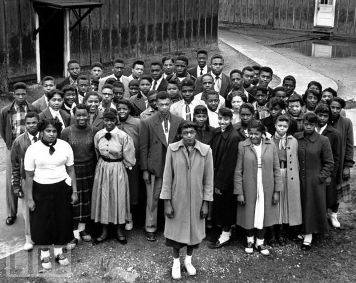Barbara Johns: A Trailblazer for Change
A statue of Barbara Johns, whose efforts helped in the desegregation of the public school system, is set to replace a statue of Confederate Gen. Robert E. Lee in representing Virginia at the US Capitol.

By Amber Francis ‘22

Barbara Johns was 16 when she led a two-week strike, during which students refused to attend classes, in protest of segregated schools.
Of 100 sculptures in the U.S. Capitol’s National Statuary Hall Collection, in which there are two statues from each state, a new statue in the likeness of Barbara Johns will soon stand proudly with first president of the United States George Washington as a fellow representative of Virginia.
Johns’ statue will replace Confederate Gen. Robert E. Lee’s statue, which was housed in the Capitol’s Crypt since 1909 next to 12 other works representing the 13 original colonies. As of December 2020, Lee’s statue has made way (by moving to the Virginia Museum of History and Culture in Richmond) for a Civil Rights leader.
Johns was instrumental to the end of segregation in public schools. In April of 1951 Johns, then 16, led 450 of her classmates in a walkout protesting substandard conditions at Virginia’s all-black Robert Russa Moton High School. At the time, the school lacked many of the basic features now viewed as essential, such as a gym, laboratories, and even a cafeteria. Johns organized a strike in which the students boycotted school for two weeks, only returning after threats against their families were made by the superintendent.
Undeterred by the threats of the superintendent, Johns took legal action against the school, to unsatisfactory results. Though she lost her initial case, it was eventually consolidated with four others to form Brown v. Board of Education, the historic case that led the United States Supreme Court to declare the segregation of public schools unconstitutional.
Though Johns and her fellow high school students’ role may appear relatively unimportant in comparison to the big-name activists of her time, organizations ranging from Johns’ student group to the NAACP were essential for successful political activism, says Joseph Ura, a political science professor at Texas A&M University.
Even if many people agree with a political cause, it can be difficult for them to connect with one another, coordinate, and share the costs of activism.
“Organizers and leaders essentially subsidize the transformation of a group of people who happen to agree with one another or share some interest into a political movement,” Ura explained. “They help like-minded people find one another, form social bonds, and contribute their time and resources to help their cause.”

More than 400 students followed Johns out of Robert Russa Moton High School and into history.
Groups like these give interest communities strategic form, directing their members’ energies and resources into particular activities, choosing litigation as a path to force school integration, for example, rather than relying solely on mass protests. Group organization allows communities and movements to have a focused path forward with certain goals in mind. It makes them more effective agents for change.
In certain cases, well-organized and united organizations can help sway public opinion toward the cause, something that can often play a key role in court case outcomes. Though it may come as a surprise, the interactions between judicial decisions and public opinion are important ones. Due to its vulnerability as an institution, the Supreme Court in particular is attuned to the political consequences of its actions.
“Congress has tremendous authority over the resources allocated to the Court and the scope of its authority,” said Ura. “As a result, the Court’s justices must be mindful of the tenor of public opinion when they act in order to insulate their institution from backlash against their decisions by Congress.”
When examining past court cases like Brown v. Board of Education there is something important that people should keep in mind, which is that in political science there are virtually no permanent or inevitable political choices. Though it may feel better on the conscience to believe the arc of history bends toward justice and the world must somehow become more fair or equitable in the future, this isn’t the case.
“Political change happens because people change things. The Jim Crow system and segregated schools were taken apart through decades of conscious, dedicated, skillful political action by people like Barbara Johns,” Ura declared. “Our students and former students should be mindful that they can be agents of change in the world and that someone must bear the burdens of leadership and selfless service in order to galvanize others into action.”
Through her actions, leadership and determination for change, a high school student like Johns proved to be just as instrumental in the fight for Civil Rights as her high-profile adult contemporaries, and now her legacy of change is fittingly forever memorialized at the heart of the nation.
